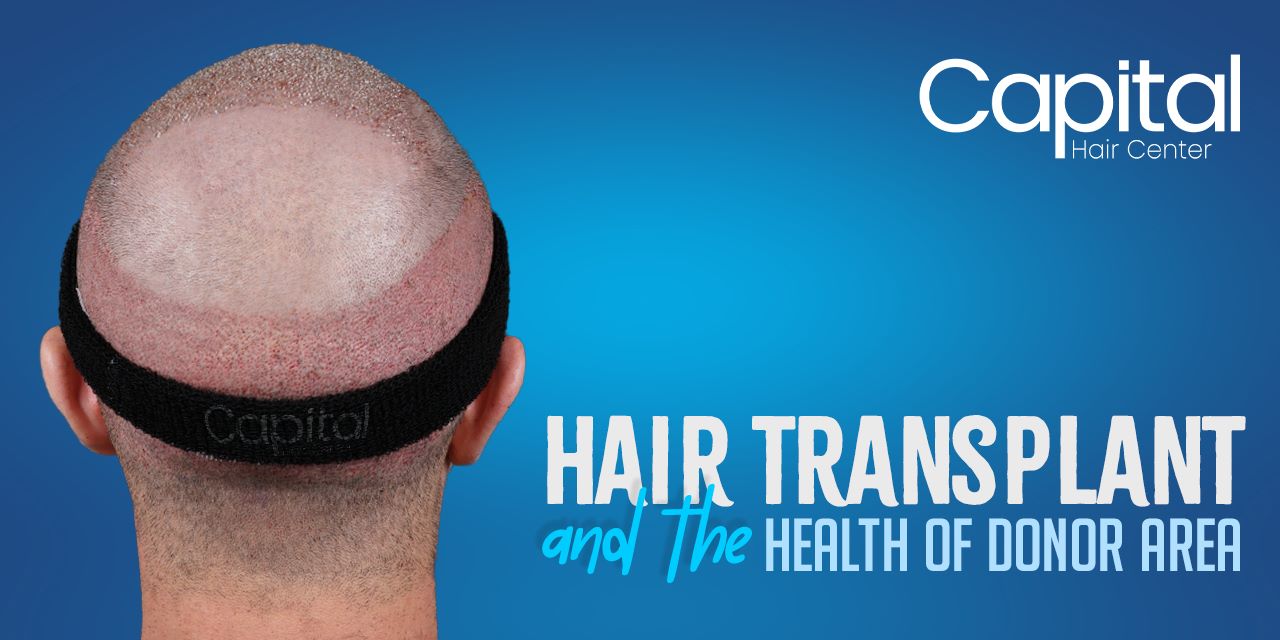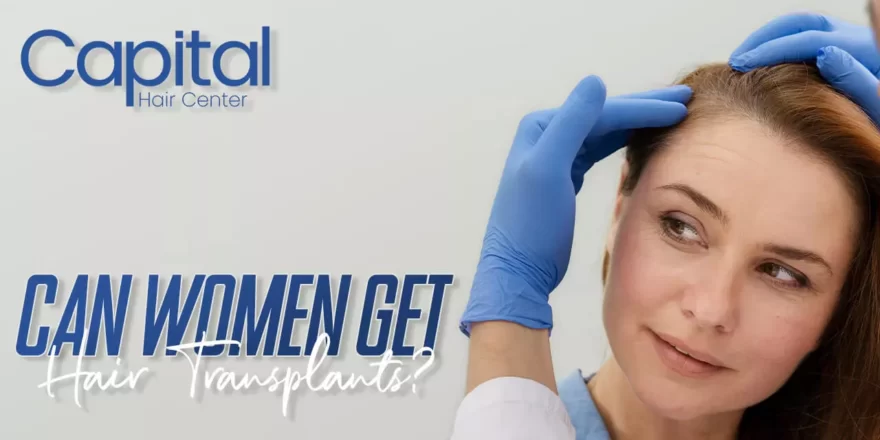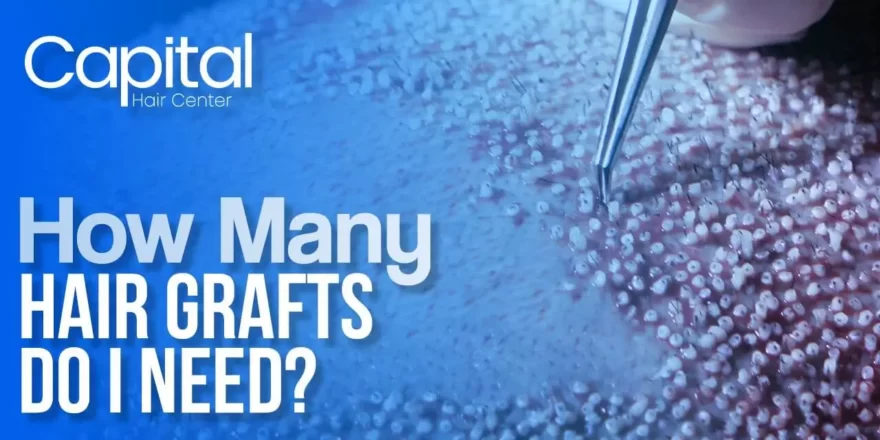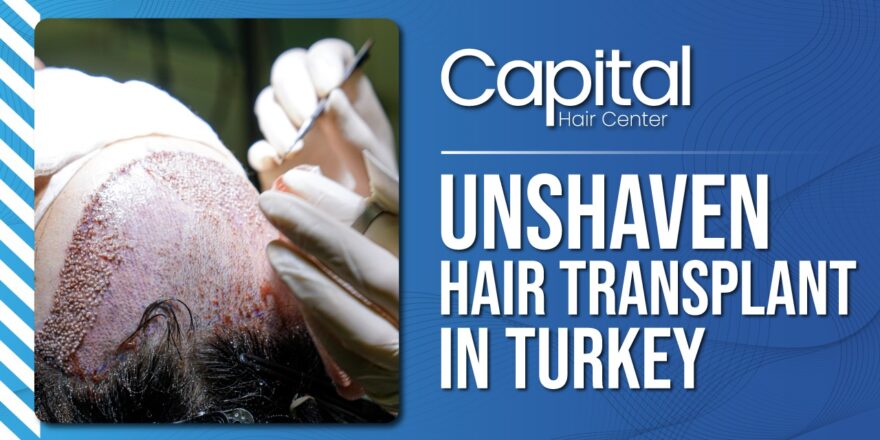Hair Transplant and the Health of Donor Area
Hair loss can happen to anyone. Even though hair loss usually happens to men, some women suffer from hair loss as well. There are many ways to bring someone’s hair back. But with a procedure like hair transplant surgery, the hair gain is permanent and with enough care and support, a person doesn’t need to suffer from hair loss ever again.
For hair transplant surgery, a hair transplant doctor extracts hair follicles from the donor area of the patient and implants these hair follicles into the areas with hair loss.
But what is the donor area?
The donor area is the area on the nape of a person’s scalp. Hair transplant surgeons also use the sides of the scalp for the donor area as the sides are resistant the hair loss as well. But some patients’ hair loss is more advanced compared to other people so the nape area is the safest best for them when they choose to have a hair transplantation surgery. This area is resistant to hair loss even to male pattern baldness. For this reason, the donor area has maximum hair growth and density, and why a hair transplant doctor prefers this area for hair transplant surgery. The donor area contains healthy hair follicles in abundance and hair follicles taken from this area give the most natural look to hair transplant patients.
Can the donor area be anywhere other than the scalp?
Non-scalp donor areas like beard and chest are not generally preferred by reputable hair transplant doctors. The hair follicles in these areas have different structures unlike the donor area at the back of the head and the sides, therefore the risk of an unsuccessful hair transplant surgery is significantly higher.
How can a hair transplant doctor decide if the health of the donor area is eligible for a successful hair transplant?
- The donor area has enough hair follicles and the doctor can easily use these grafts for the hair transplant procedure.
- The hair follicles on the donor area don’t suffer from diffuse thinning.
- The donor-to-recipient ratio. If the areas with hair loss are bigger than the donor area, even the most skilled surgeon won’t be able to provide natural-looking hair transplant surgery to their patients. This ratio relies on the healthy grafts rather than the size. A donor area can have enough hair follicles to provide a natural-looking result.
- The number of hair strands for follicular units can be also described as the hair grafts. For this reason, the hair transplant candidates receive tests so their doctor can see if the grafts are eligible for the hair transplant.
- The skill of a hair transplant doctor. The best hair transplant doctor knows different hair types require different hair transplant techniques. The hair transplant surgery for straight hair will not be the same as the hair transplant surgery for Afro hair.





